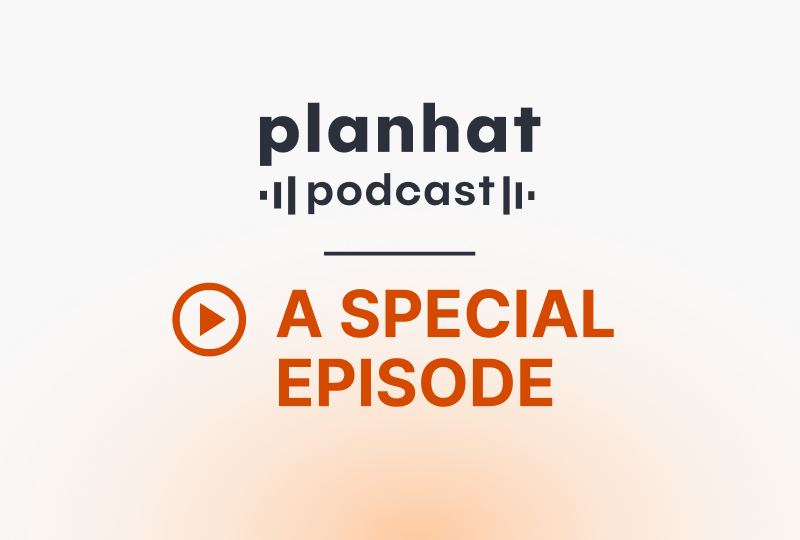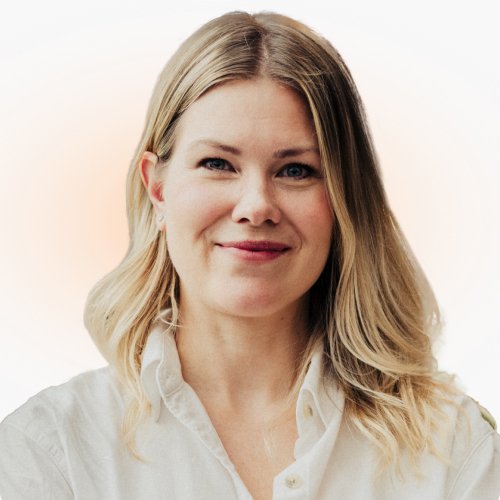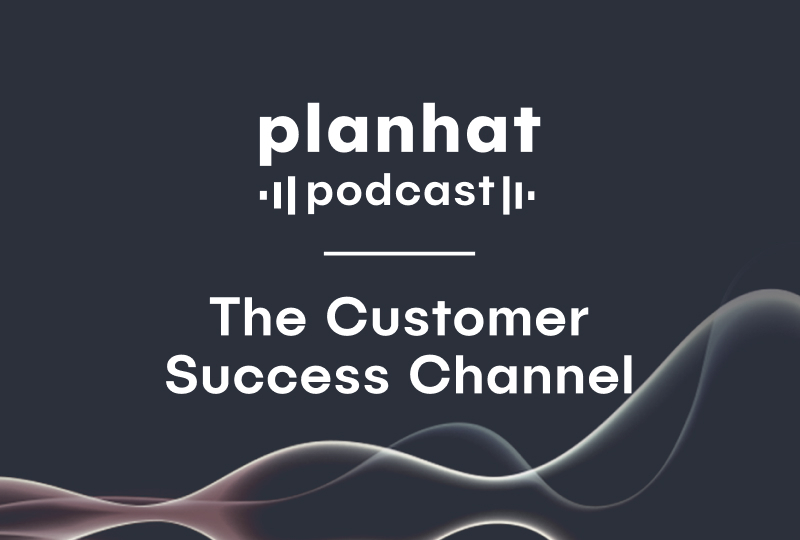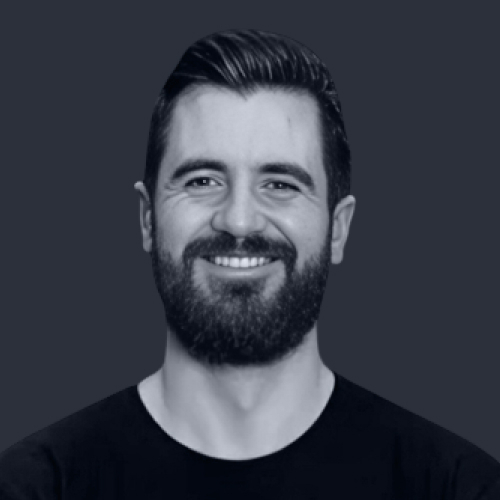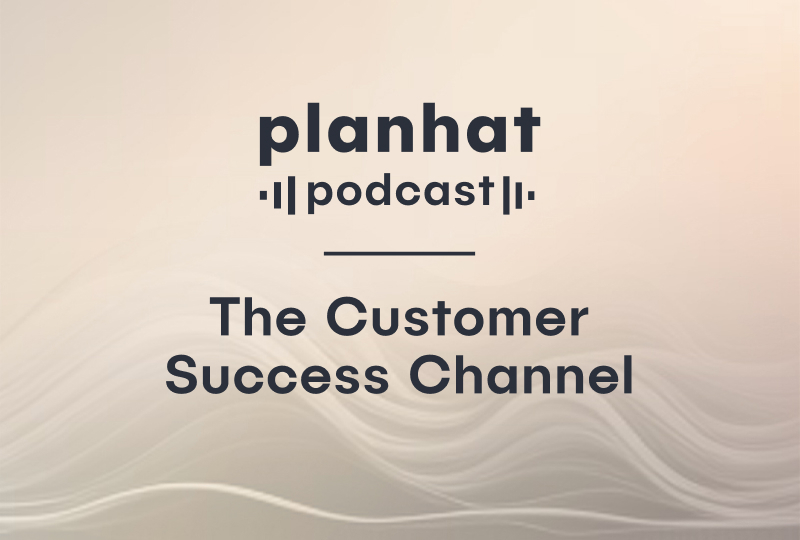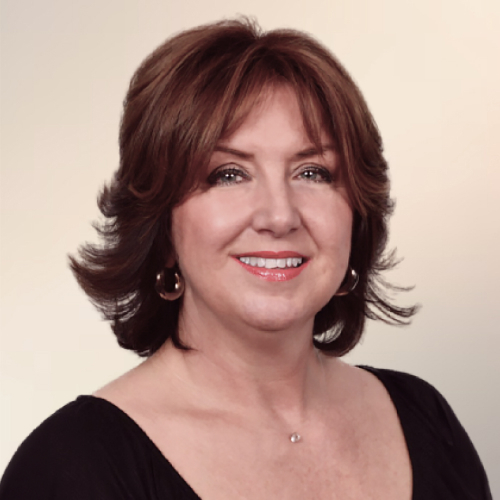2018-07-10

Customer Experience & Usability

15 min read
Customer experience and usability is an essential part of customer success. You first need to make sure that you have a product that is built and working in a way that is for the customer, and that is constantly growing and considering how the customer is going to be using it to gain value. If your product loses sight of this, it’s likely it will flop.
I spoke with Zachary Schulte, a member of the Customer Experience team at MeetEdgar, and we talked about how his team, the Customer Experience team, is the voice of the customer and working to ensure the product never loses the perspective of their users. We also spoke about ways to advocate for the customer when there can sometimes be resistance from product team, and how to balance deciding what’s best for the product and what the customer wants.

Meg: What is your background? Where do you start your career and how did you get to where you are now?
Zachary: Well it is a long and interesting story, but kind of the basic, most simple way to describe it is - I went to college, my educational background is in theatre production...with a focus in playwriting...I kind of followed that kind of typical artist path, I graduated I worked for a little while at a vegan bakery and while I was doing that I kind of got into design and the self-education opportunities provided by sites like Coursera or EdX...and I was able to start working with a master planning firm actually. So urban design, landscape architecture.
They did a lot of work with places like NASA, so I had the opportunity to run participatory design workshops and facilitate these different planning meetings and sessions with NASA scientists and engineers at the Johnson Space Center to make these decisions for their facilities over the next 15 to 50 years. And that was really fun and really exciting...very eye opening.
And from there I decided to check out the SaaS industry - something I’d always been curious about ever since I was at that vegan bakery learning about Human Computer Interaction. So I had the opportunity to start working here at [Meet]Edgar within their Customer Experience team, and just started making a niche for myself there doing user research and that’s kind of where I am today. Working within the Usability team at MeetEdgar doing user research. And the Usability team is a part of the Customer Experience team there.
Meg: Tell me a bit more about how the Customer Success team is structured at MeetEdgar.
Zachary: Our team is called Customer Experience, but I would say that Customer Success forms kind of the core of what we do within the Customer Experience team. Our mission in the Customer Experience team is to help entrepreneurs succeed, so that touches everything that we do in our day to day work. And I think that we always look at that mission and look at ensuring that our customers are successful with every interaction that we have.
Meg: I was speaking to Christina at Twilio and they have their Customer Experience team and she makes the argument that you can’t have customer success without customer experience...And it seems that a lot of teams are still defining for themselves what customer success is and means; is it a part of this team, is it a part of that team?...How did you guys decide on calling it customer experience instead of customer success, do you feel there needs to be a differentiator or do you feel it falls under the whole team you’ve created.
Zachary: I think with the Customer Experience team here, I was not a part of the decision to create that department - that, I believe, was our current Customer Advocate, Christina...and with that, from what I hear and from our mission and our values we say we want to provide value for value...That’s an internal mission, but I think that extends externally also. So we see our customers as actual human beings with very busy lives, we’re looking typically at people who are solo entrepreneurs so they want a solution to help them babysit their social media feeds when they’re just too busy to get onto three different social networks and make sure that they’re publishing content consistently….
And as a Customer Experience team and with the ideas behind Customer Experience you are looking to make that introduction into the app and into how to use it as simple and painless as possible. And if anybody hits any sort of questions or if they’re having trouble with something within the app they can feel free to reach out to us and we will listen to them, and hear them, and consider them as people...and then help them in the best way we can and that creates a very low pressure environment for both the Customer Experience team and for the customers themselves.
And I think that we believe having that very friendly, very casual experience wherein a customer feels like they have a relationship with the team here at Edgar - we believe that will lead to the success of our customers. Which in turn, leads to our success.
Meg: It’s how your team wants to structure it - as long as you’re getting the underlying values of customer success.
So we want to focus on product, usability and how that works into Customer Success. How does the Customer Experience team fit into the anatomy of the rest of the company?
Zachary: Let’s see here, if we’re talking anatomy here - if we’re talking like a body or something...I would say that the Customer Experience team would be the voice, maybe the heart - I was thinking heart maybe, but probably the voice.
We act as the voice of the customer for the other departments in our company. Each department has its own separate group and each one has their own advocate. So we have an Ops team, which I suppose would be the brain, we have the product team which would be the hands because they’re the ones out there actually building the app, fixing anything that comes up...and they’re using their hands constantly to just simply type on their keyboards and make Edgar what Edgar is. And then you have the Marketing team, and maybe the Marketing team is the heart because we have a very unique marketing position in that we have a very friendly, kind, but also kind of silly, funny and casual octopus mascot. On the team and to our customers we talk about Edgar as who he is as an octopus, and who he is as somebody who wants to help people make sure that they’re publishing to their social media feeds as consistently as they can.
So the Customer Experience team is a separate department. And we do all communicate - that’s an awesome thing about MeetEdgar is there’s a lot of inter-department communication, but Product, Marketing and Ops whenever they have a question about how our customer base feels about a particular feature, or particular messaging, or say a webinar or something they come to us with those questions. And either anecdotally, either just based on our day to day intuitive knowledge or using data - what we collect and gather, we can give them a sentiment, a general idea of how our customer base feels at that particular time.
Meg: Do you have any regular best practices in place to ensure that there’s always a constant flow of data going from you to other teams, and in a good way?
Zachary: We do that in a variety of ways. Having a regular flow, that’s super important. We actually have a channel in Slack called #cusotmerfeedback and that is where the Customer Experience team will sometimes screenshot different conversations we’re having and put that in there. We have our NPS surveys, the longform responses are actually automated to appear inside that channel. And if we receive feedback from anywhere else, like outside of a conversation or outside of a survey...maybe if just from a conversation someone mentions something, we mention that in #customerfeedback.
Also, we have a regular monthly post-cancel [meeting] - I call them cancellation stories, so that’s our cancellation reporting, there’s a little bit of churn reporting there. It’s not as happy, it’s not as joyful, but it is something that exists, it’s something you have to consider when you’re running a company.
And we also have a weekly “Feedback Friday” - that is another email that gets sent and that’s where we gather positive feedback from conversations, and we also run a long-form survey, a usability survey, where people mention their favorite thing about the app and we also include really good quotes from different customers regarding different features or integrations, or different successes that they might have had with the app. We try and keep that pretty consistent.
Meg: Have you guys always done this or is this something you’ve newly implemented?
Zachary: We’ve been doing Feedback Fridays and the post-cancel survey reporting since I started working here. I took on the post-cancel survey reporting about a year or so ago…
At the beginning of this year I wanted to do something a little different and luckily Edgar is a very open company for experimentation. So I took some of the methods that I learned from the urban planning firm and then I applied them to our customer research. What I’ve started doing, and I’ve also started doing this for our positive feedback, is I take the feedback we receive, I categorize it and then from that categorization you can see the proportions of how often a customer mentions a particular aspect or a particular feature that they’re looking for, or a particular integration, or just maybe a part of the app that they have trouble with or that they really like...anything that a customer [gives as feedback] I categorize it. And then, for the cancellation stories, specifically, what I do is I look at the categories, I look at the proportions of how often something was mentioned and then I look at what were the top 3 categories that we saw, and then within those categories what were the subcategories. From there, I build a short, one sentence story based off of the agile “user story” format, wherein I say, “I believed that the app would do blank, instead blank happened so I left.” That’s how I started doing cancellation stories, or feedback at the beginning of this year.
I actually have found over the past six months that the rest of the team finds that incredibly valuable. And I think our CEO just mentioned to me the other day that I’ve found a good way to strike the balance between that narrative and data backed reporting, which I think is awesome. It makes me feel great!
Meg: I really like that methodology because you really are striking a really nice balance between the narrative and the data. And I think it’s something everyone can relate to from a product level to a marketing level.
Is all that data in that way [as user stories] sent straight to the product team? How do you get it to product?
Zachary: The feedback process follows 5 steps. We acquire the feedback, then we process it, we perform an analysis on it, preserve it - make sure it’s archived in one single place where you can find all of the raw data, clean data, then when I share this feedback or the reports that happens in emails usually to the team. We also have an airtable that I’m using as a, what they call, Data Mart model - so the Airtable has different bases in there in which I have the clean data that you can sort or group...And within the usability team, so Sara Brown she is the lead of the usability team and her and I work together to both run these usability interviews and user testing. And when we make our reports we make them as live slideshow presentations, and we also try to include the findings and takeaways from that within a Trello pitch.
So each department has their own pitching board which we try to use direct customer feedback, linked to an Airtable base or linked directly to the feedback within our Trello pitches. It’s turned out to be pretty effective.
Meg: Can you talk a bit more about the other ways your teams work together, and how QA, Usability and Customer Experience all work together.
Zachary: Within the Usability team we do run QA for product, and the Usability team actually was considered, at one time, the QA team. And Edgar is very unique because we run QA out of the Customer Experience team.
And the reason why we do that is because the CX team has a...implicit knowledge of how a regular person would use the app. So whenever we are running our QA we can kind of perform behaviors that we know a user would do, and if we see something that maybe would make a less than smooth experience...then we can mention that.
We also, whenever we are troubleshooting tickets, we try and use direct customer conversations within that troubleshooting aspect and we use those direct customer quotes whenever we are communicating with the Product team, from either the QA level, the pitching level, or the troubleshooting level.
Meg: What is some advice for when the Product team might have some resistance to what the customer is asking for or suggesting? What are some ways to handle that, balance that, and reconcile that?
Zachary: it is definitely a balance act because when you are on the Customer Experience team or the Customer Success team you can build a very great, intuitive, implicit model of what a customer is thinking whenever they’re either a) just starting to use your app, or b) are mid-way through a cycle, or c) a long-time user.
I don’t know about anybody else, but I know for myself sometimes I can get a little emotional...I want to make sure they’re heard. So you can always bring the voice of the customer to anything - to your meetings, to the product decision activity if that is open, if it isn’t you can bring those reports just to your company. And using those direct quotes from your customers is always helpful.
Then, if you want to be a little more quantitative about it you can always back up those direct quotes with a count of how often people write in about a feature. So we actually use a product called NomNom, and NomNom integrates with Intercom. You can create saved searches with in NomNom that look for particular keywords. So if you notice that there’s a consistent pattern of users requesting a particular feature or talking about some integration, in NomNom you can say: I want to save every single conversation that mentions this particular keyword. From there you can see how many users, or how many leads are looking for this particular feature or integration. NomNom will make you charts based on how often something is occurring over time, and from there you can use that data to backup what you’re saying and to provide support to your customer base for the product team if there is some resistance.
You can say, Hey, 4 customers a day are coming in with this request I think it’s actually pretty important.
And if it’s leads, maybe a few hundred leads...you can use that data and then, if you really want to get really quantitative about it, you can run a confidence intervaland say, hey based on our best guess this is affecting 30%-50% of our customer base...And if you really really want to back yourself up and support your findings you can run a value analysis, maybe run an estimated monthly recurring revenue opportunity that’s missing. Or, if you’ve noticed a lot of users are mentioning something in their post-cancel feedback you can run that estimated MRR loss based on this missing feature. There are a lot of different ways you can back up your claims.
Meg: I love all of those suggestions on how to backup your claims! Thank you!
To wrap up, what are some of the goals your team has for the rest of this year?
Zachary: We are working on some awesome new features. They are content variations, which is a response to Twitter’s big change earlier this year in regards to something that our product does very well which is evergreen re-publishing. I guess that’s more of a product thing, but just as a Customer Experience person I can’t wait to see how people respond!
And then second of all, this is part of the overall company goal this year, we are working on an Instagram integration which should open up so many opportunities for people to manage their whole social media strategy using Edgar. And I, as a Customer Experience person...I am so happy to have that rollout to people this year.
Meg: Thank you so much Zachary! It was great to have you on the podcast.
Join our newsletter!
Receive the latest news, updates, and invitations to our events.
Big thanks to Anika, and a cheerful hello to Malin!
A special podcast episode celebrating Anika Zubair's farewell and welcoming Malin Skoglund as our new host.
Customer success is not sales
Our host Anika Zubair chats with Brandon Ramsey, Head of Customer Success at OnsiteIQ about how to make sure customer success is not sales.
Planning for Customer Success in 2024
Our host Anika Zubair chats with Sue Nabeth Moore, Co-Founder of Success Chain about the future of customer success.
Learn more about
Planhat
Drop your email and let us show you our platform!
